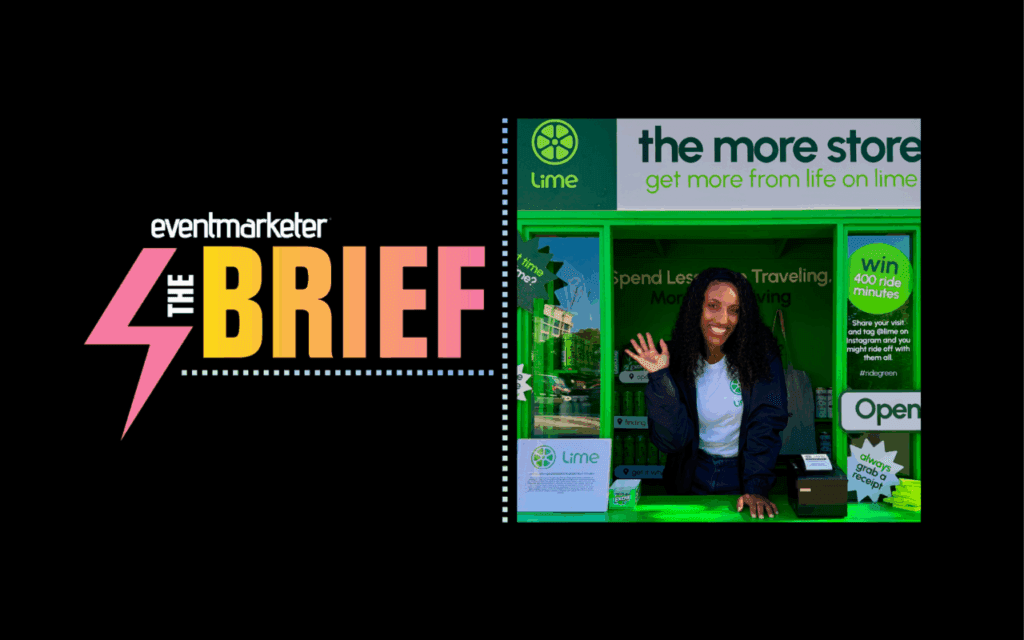It’s not easy being a marketer these days.
For one thing, you have to measure the impact of your campaigns. And that’s a challenge when you’re using multiple media.
We know, for example, that traditional media advertising can affect the results of an online program. But how do you gauge that impact in terms that everyone can understand?
As Internet media properties initially struggled to create advertising models, they began offering audience-scale measurements of things like page views or impressions.
Next came relevance and contextual messaging, and with them the use of “engagement” as a measurement tool. This is based on time spent with specific content, length of online video advertising plays, and number of page views and their duration in Web site visits.
What is the most appropriate metric?
Try action.
That’s right. It’s the one metric that has currency across all media.
Did the advertisement stimulate the consumer because it was relevant or entertaining? Was the offer attractive? Or did it spark interest in a follow-up call?
This goes well beyond counting the number of inbound calls, BRC replies or other conventions of old-school direct response. It ties Web site visits to traditional advertising.
How do you create actionable measurement strategies?
It’s easy. Start at the end.
That is, first quantify the desired results of a marketing campaign. Then tailor your strategy so you can measure it.
Most outcomes can be placed into one of the following three categories:
- Demand Generation
Identify an allowable cost per order, lead and inquiry, based on both short-term and long-term customer value. Next establish campaign performance benchmarks across two key dimensions: total yield, or yield by channel (that is, telemarketing, direct mail, print, broadcast e-mail and Web). Include a mix of performance buys, branding ads, affiliate buys, pay-per-click search, paid inclusion search and organic search.
These can then be used to develop resource-allocation models to determine how much should be spent in each medium.
The more experience marketers gain with this type of analysis, the more they can take advantage of media mix modeling, allowing them to predict with a high degree of confidence how a finite budget should be allocated to drive the right level of demand at the allowable cost per order.
- Loyalty
The process of developing high-performing loyalty strategies must include both behavioral and attitudinal loyalty measures.
The key behavioral factors are:
-
How recently a customer has made a purchase.
-
How often a customer purchased over a specified period of time.
-
A customer’s lifetime volume of purchases.
The key attitudinal measures of loyalty that help determine future intentions include:
-
Likelihood of continuing to do business or to repurchase.
-
Likelihood of expanding business or purchases.
-
Willingness to recommend or serve as a reference.
-
- Understanding
A Web-enabled marketing optimization dashboard can help marketers understand:
-
Investments to continue.
-
Investments that should end.
-
Investments that have to be more closely monitored to decide which category an outlay falls into.
-
Begin by aligning marketing goals with business growth objectives. You can then demonstrate revenue impact.
For more on ROI, subscribe to the Marketing ROI newsletter by Richard H. Levey at http://subscribe.chiefmarketer.com/subscribe.cfm.
TOM SIMONS is president and founder, and KEN DEC chief measurement officer at Boston-based marketing firm Partners and Simons.

 Network
Network

